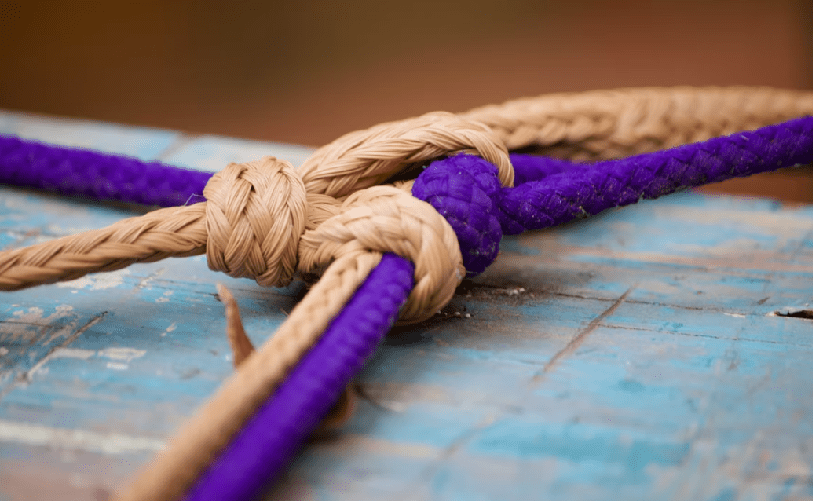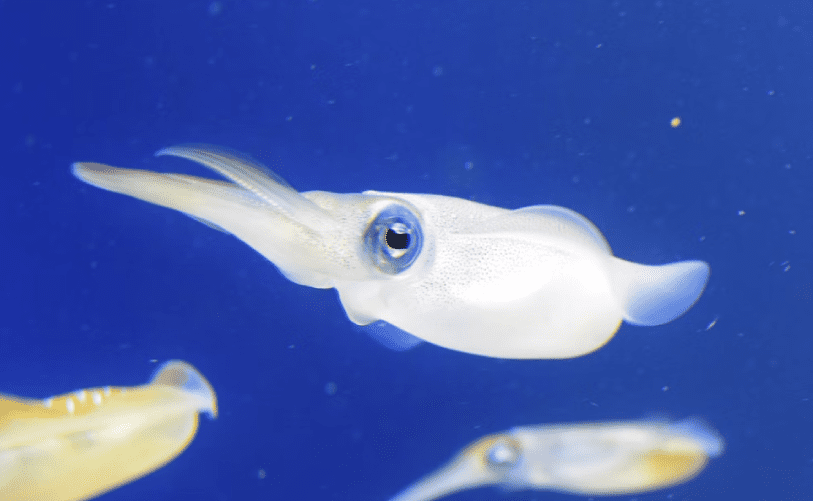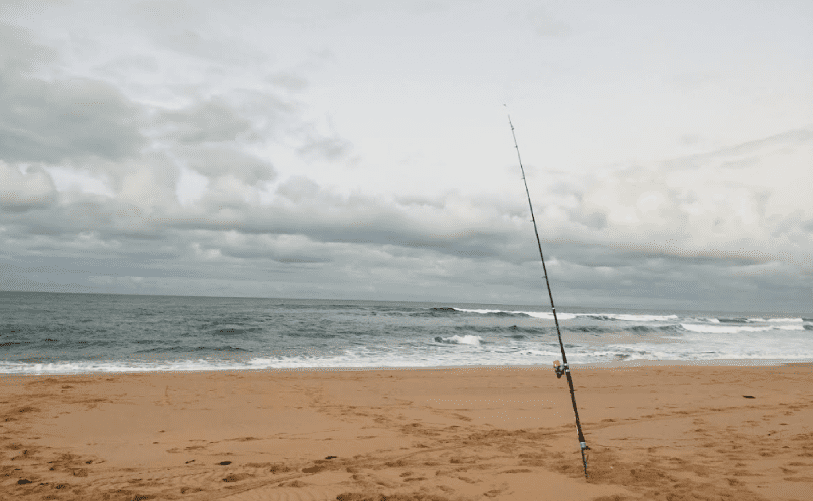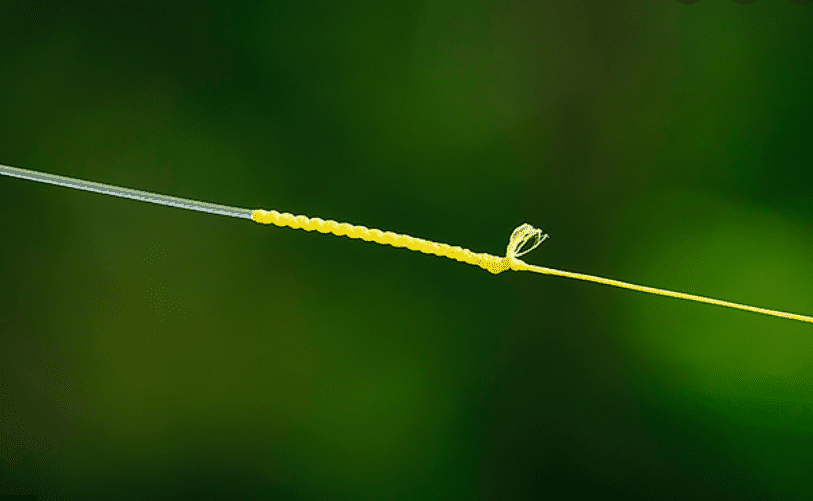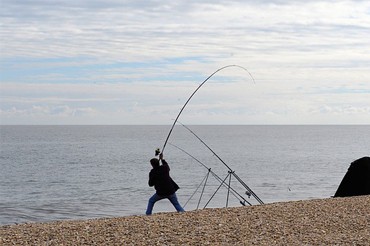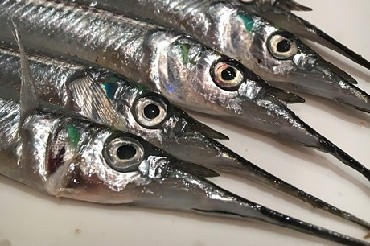Five Fishing Knots Every Angler Should Know
We highly endorse three things you need to remember when using knots and tying lines out in the sea or freshwater areas: Don’t be rushed or hurried and focus on calmly tying up the needed knot for your lines. It usually won’t be an emergency, so focus and don’t flutter from pressure. A good fishing rigs come with good knots.
Also remember to wet the lines before securely tying, to increase its full knot into a tight curl. Once you’re done with securely tightening the knot and its parts, trim off the end of the line and tight.
Blood Knot
Blood Knot – This common line connector is a bend type of knot that joins two similar-diameter lines together. It helps them become uniform with a strong bond. It is comprised of two succeeding clinch knots tied back to back.
Usually, the blood knot can join monofilament lines to any lines of similar diameter and thickness (hint: braids) you may have in your tackle box. It’s a uniform and minimal-intrusion knot that glides easily through spinning reel guides without any issues. Many freshwater fly fishers use this knot for its ease and strength, enough to withstand constant casting and retrieving.
To form a blood knot, cross two similar length lines downward to an X formation. Each must be at least six inches in length. You basically wrap and overlap each line on both sides and pull the two knotted parts together. This forms a very secure line connection with minimal knot space intrusion.
Improved Clinch Knot
The improved clinch knot also involves wrapping up the lines before looping it twice for the knotted finish. Remember to wet any braids or monofilament knots before completing. It will make them tighter and avoid loose knot parts that can cause possibly loose connections. Once you’ve done an improved clinch correctly, you just need to pull the line apart for the knot to work.
The Improved Clinch knot is also known as the Salmon knot. This is a no-frills, easy to execute tight binder to connect lines to fishing lures, hooks, and other combination contraptions. The knotted end ends up strong and not slippery, ensuring your hooks and lures are unified to your lines. This results in a perfect bait waiting on its far sharp end ready for that big catch. You can use this for mono, braids, and fluorocarbon lines with general success.
Palomar Knot
This seemingly simple and fast-draw knot is considered one of the strongest general knots to secure lines to hooks, rigs, and other contraption parts. Most fishers use this knot on braided lines, which retain well and don’t stretch. It can be an easy knot while in a fast-paced fishing environment, and it’s quite effective. The knot is good to use for mono and braided-type lines and can be difficult to unravel if done right and securely.
The Palomar involves a simple doubled-line that you insert through a hook loop, and you just knot it over and insert the loop before making a final loop knot outside to secure the whole connection. It’s so simple, but it works securely.
Snell Knot
This is another strong line knot that involves tying and looping the end of the line over the eye of the hook. You then make a loop and wrap the end of the line around the loop and the hook itself. This extra loop before another final knot adds a tight and secure end.
The leftover end of the snell becomes a secure layered knot that provides an unmovable and durable knot connection. Snell is a type of hitch knot more commonly used for connecting a hook to a line. The friction level is quite reduced because of the knot’s tying mechanism.
Turle Knot
A turle knot is a simple and looped-end knot variation. First you make a loop and wrap the line before knotting it. The end slides into a knot that you use to tie and knot around the eye of a hook or lure. This variation offers a very tight and secure connection perfect for heavy hooks and lures.
The Trule knot was popularised by the late Major William Greer Turle of England. He was renowned for using it in fishing trips around 1886. It became a good variation knot using an end loop to secure a fly, a hook, or the end of a line to a leader, with very secure and tight results.
It’s quite a challenge tying one of these knots when you’re out in the open and can’t help but panic. Mastering these will not come that easy and instant. But once you’ve clocked in hours of fishing trip experience, you become a natural. Knots and tying up lines during trying conditions no longer bother you while doing them in the thick of your fishing.
Always remember to chill, and focus on creating the proper knot. Keep your kind on the task at hand don’t be nervous. Your practice will continue to pay off so keep doing it. Have a killer fishing weekend mates!

